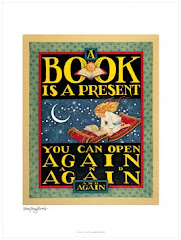
This is the story of a misunderstood wolf. The poor wolf was trying to make a birthday cake for his grandmother, despite his sneezing cold, and ran out of sugar. When he went to the next house it belonged to the little pig who built his house out of straw. When he knocked on the door, it fell right down. So the wolf called out. "Little Pig, Little Pig, are you in?" He got no answer and was about to leave when he began to sneeze - and he sneezed the house down.
"And you know what? That whole darn straw house fell down. And right in the middle of the pile of straw was the First Little Pig - dead as a doornail. He had been home the whole time."
"It seemed like a shame to leave a perfectly good ham dinner lying there in the straw. So I ate it up. Think of it as a big cheeseburger just lying there."
He continues to try to borrow a cup of sugar, at the second little pig's house where another sneeze brings down the house. He eats the pig again. At the third little pigs house, the little pig says something derogatory about the wolf's grandmother and the wolf gets upset and starts banging on the door. That's when he gets arrested! He thinks he was framed - and he's still looking for a cup of sugar.
Most children in lower elementary really like this re-telling of the Three Little Pigs. John Scieszka writes a lot of terrific books with boys in mind, and this is one of them.











